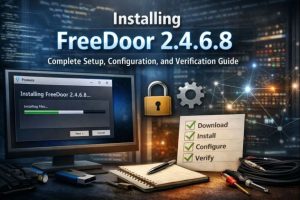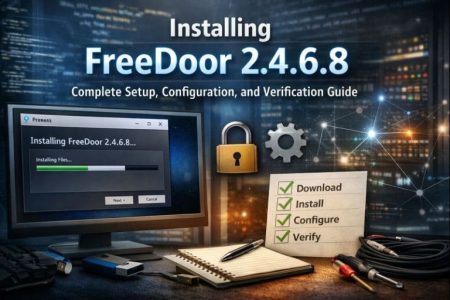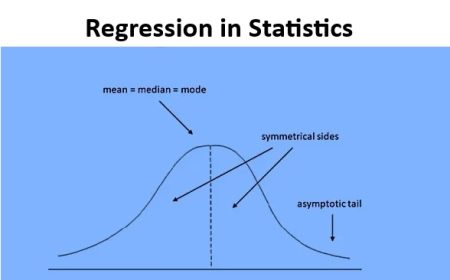There are several different ways to power your home in the event of a blackout. A battery backup system can power four to eight circuits, while an inverter can handle more than 40 kilowatts of power. A battery backup system can power a variety of critical loads, including lighting, refrigeration, and communications. Depending on the size of your home, you can also power convenience outlets and entertainment.
Battery backup
It’s important to know how to protect your home from a power outage. The electrical grid is a vital part of modern life, but power outages are inevitable and can impact any location. Having a backup power supply for house systems can keep you productive and safe, as well as prevent the spoilage of food and other items. There are many ways to do this, including using a battery or generator.
You can also use solar or wind turbines to provide power for your home when there’s sufficient sunlight. But you’ll need space to install these devices. You can also try hydropower, which is available in some cities.
Generator
With environmental concerns on the rise, having an eco-friendly backup power supply for home use is an absolute must. In the event of a power outage, batteries can help keep the lights on and “critical loads” running. However, not all batteries are able to power energy-intensive equipment, such as sump pumps and well pumps.
When shopping for a backup power supply for your home, you should consider several factors, including the cost. The type of battery system you will need will be a major deciding factor, as will its size.
Solar battery storage
Having a backup power supply is important in case of a power outage. Solar panels do not work during a blackout and are automatically shut off. Luckily, there are backup power systems that allow you to run appliances and other appliances during a power outage. Battery storage is an excellent option for backup power. It can provide you with a reliable power supply for many hours or even days.
A good backup power supply system can cost several thousand dollars. The price depends on the number of batteries you need and how much power your home uses. If you have a large house, you may want to consider a system with several batteries.
Off-grid living
If you’re considering living off the grid, there are many factors to consider. For starters, you’ll need to have a way to produce enough electricity to keep your home running. Then, you’ll need to store some of that energy in batteries for emergencies. You may also need a backup generator in case of a power outage. And finally, you’ll need to choose your energy source wisely.
If you’re considering off-grid living, it’s important to choose an eco-friendly backup power supply for your house. A good backup power supply can be used for multiple household loads. For example, small appliances require a lot of power. You can also use batteries for additional appliances and large inverters to reduce heating needs. A solar panel and battery system are good choices for off-grid living. Moreover, they’re cheap and require minimal maintenance.
Cost
If you are looking for a backup power supply for your home that’s environment-friendly, batteries are an excellent option. Not only can they keep the lights on, but batteries can also power a variety of other devices. Batteries are particularly useful for homes that have “critical loads,” like sump pumps or well pumps.
Batteries typically cost about $2,000 to $6,000 to install, and the initial investment may be more than double that. Adding solar panels can also reduce the initial cost of an eco-friendly backup power supply for your home. Installing solar panels is typically a one-time investment, but it will save you thousands of dollars in the long run.
Environmental impact
Having an eco-friendly backup power supply for your house is one way to save money and help the environment at the same time. It is important to know that these systems are not carbon neutral, but they can still save you money and help the environment. You can also purchase hybrid systems that use solar PV and wind power to provide your backup power. They are more environment-friendly than stand-alone systems, but you should still consider the size of the system you choose.
Most generators use natural gas, gasoline, or propane to produce power, but this contributes to the pollution of the environment. These emissions are known as greenhouse gases and alter the composition of the atmosphere. This alteration makes it harder for the Earth to maintain normal surface temperatures. These changes can cause forced migration, coastal flooding, and other problems. Fortunately, there are now emission-free generators that can help reduce the greenhouse effect.






